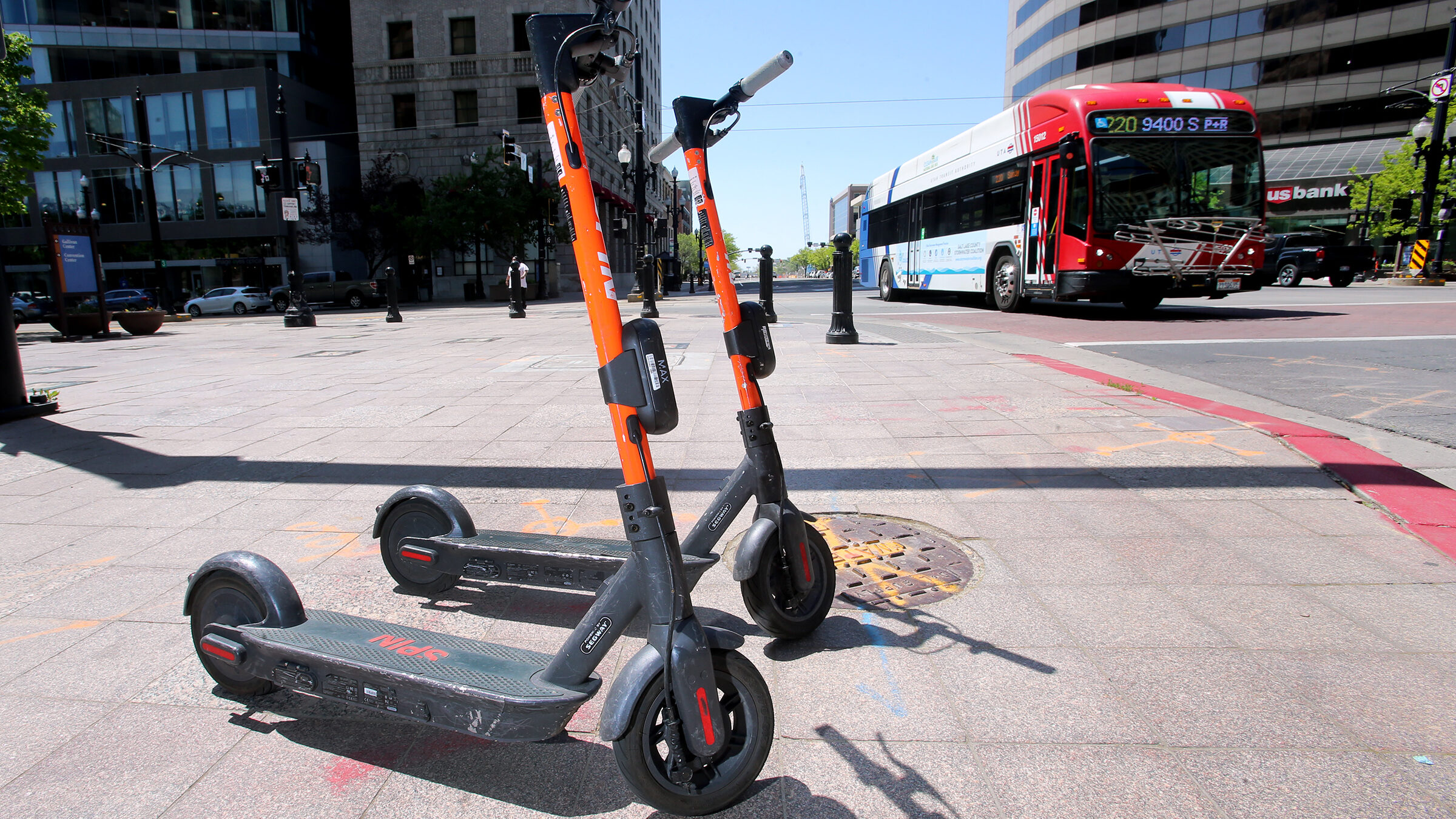University of Utah engineers say they’ve created better, smarter artificial limb
Oct 30, 2019, 10:38 PM | Updated: Oct 31, 2019, 6:24 am

(Kerry Finn, one of ten people to test the new bionic leg. Photo: University of Utah)
(Kerry Finn, one of ten people to test the new bionic leg. Photo: University of Utah)
SALT LAKE CITY – It’s being touted as the next big thing in artificial limbs. Engineers at the University of Utah say they’ve created a new bionic leg which can be a much better option for people who can’t use regular prosthetics.
When you hear the phrase “bionic leg,” you may think of movie like “The Terminator,” or TV shows like “The Six Million Dollar Man,” if you’re old enough to remember that. Researchers at the U of U thought the same thing when they were building their new prototype.
As good as current prosthetic legs are, engineers say they have their limitations. Essentially, they’re dead weight, and sometimes too heavy for older people.
“For elderly subjects, they require too much strength and balance,” according to Mechanical Engineering Assistant Professor Tommaso Lenzi.
This artificial limb could change all that. It’s designed so that if the person walks faster or climbs obstacles, the leg can anticipate how to move. For instance, if an amputee wants to get up from a chair, the leg can actually create torque to help the person get up, unlike a regular prosthetic.
Lenzi says it has sensors and motors inside that take a lot of stress off the patient.
“Then, we used the brain, the artificial brain inside the leg, to control the monitors so it behaves like human muscles,” he says.
All this comes inside a device that weighs roughly six pounds, which is lighter than a biological leg.
Lenzi says, “Making it very small and very lightweight was our main goal.”
Only ten subjects have tested the leg so far, and some say they were able to move in ways they didn’t believe they could. Lenzi recently received a $2.2 million grant to further his research.
“We hope that in the next five to ten years these devices become available for everyone to use. That’s really the next challenge,” he says.
Engineers placed a battery inside the leg that’s designed to last all day. However, after a full day of use, the patient would have to charge their leg at night, just like they do their cell phone.














